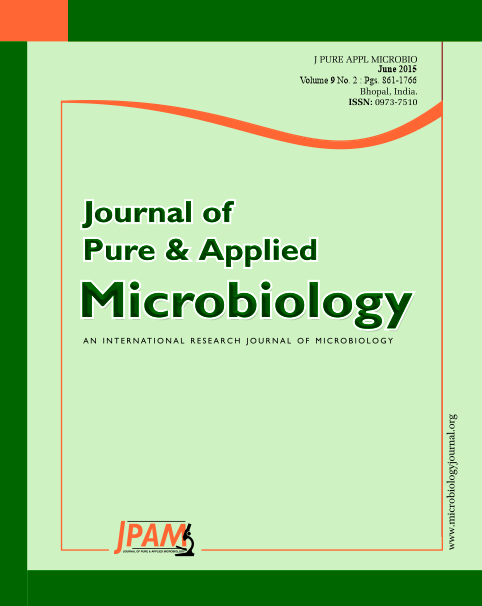Silver metals have long been known to possess antimicrobial properties. Recently, Ag nanoparticles have also been proven as antimicrobials. In this work, Ag nanopartilces were synthesized by hydrazine hydrate. UV–vis absorption spectra, dynamic light scattering (DLS) and transmission electron microscopy (TEM) have been used to analysis the synthesis of silver nanoparticles. The antimicrobial activity of the Ag nanopartilces was tested against pathogenic Escherichia coli. The mechanism of Ag nanopartilces against E. coli may attribute to Ag nanopartilces leads to cell wall lysis and damages cell membrane integrity.
Antimicrobial, Silver nanoparticles, Escherichia coli, Chemical synthesis
© The Author(s) 2015. Open Access. This article is distributed under the terms of the Creative Commons Attribution 4.0 International License which permits unrestricted use, sharing, distribution, and reproduction in any medium, provided you give appropriate credit to the original author(s) and the source, provide a link to the Creative Commons license, and indicate if changes were made.


